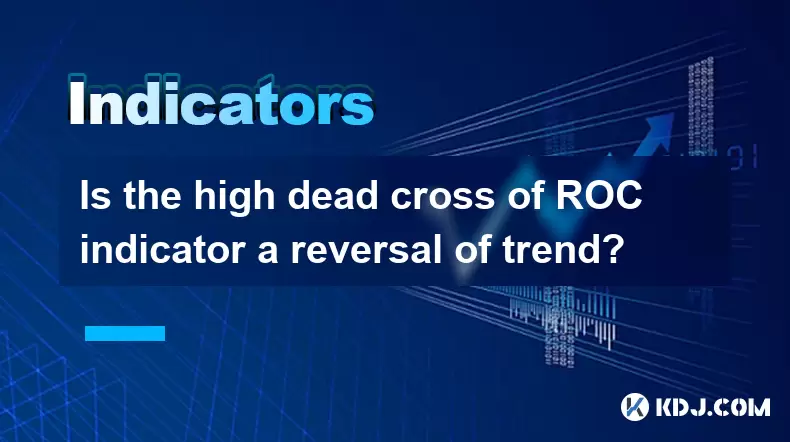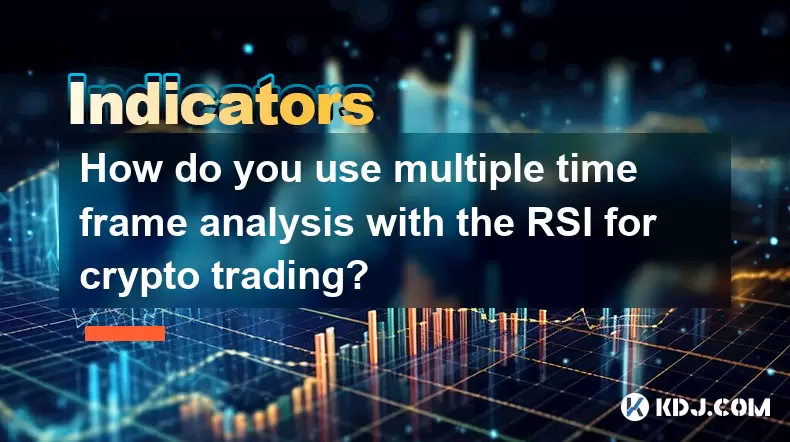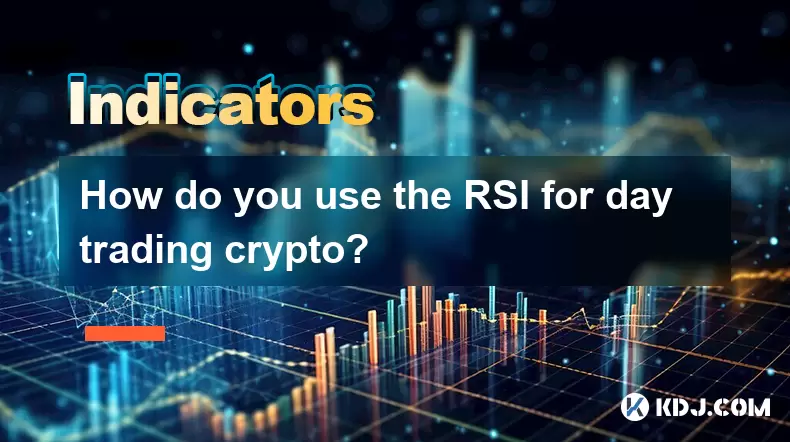-
 Bitcoin
Bitcoin $118400
0.47% -
 Ethereum
Ethereum $3836
2.20% -
 XRP
XRP $3.157
2.98% -
 Tether USDt
Tether USDt $0.9999
-0.03% -
 BNB
BNB $801.5
1.31% -
 Solana
Solana $180.9
2.07% -
 USDC
USDC $0.9999
-0.02% -
 Dogecoin
Dogecoin $0.2225
2.50% -
 TRON
TRON $0.3285
-1.02% -
 Cardano
Cardano $0.7789
2.60% -
 Hyperliquid
Hyperliquid $43.60
2.39% -
 Sui
Sui $3.892
4.41% -
 Stellar
Stellar $0.4229
3.34% -
 Chainlink
Chainlink $18.01
3.98% -
 Hedera
Hedera $0.2745
6.77% -
 Bitcoin Cash
Bitcoin Cash $582.3
3.38% -
 Avalanche
Avalanche $23.77
1.04% -
 Ethena USDe
Ethena USDe $1.001
0.01% -
 Toncoin
Toncoin $3.493
3.59% -
 Litecoin
Litecoin $110.0
2.48% -
 UNUS SED LEO
UNUS SED LEO $8.936
-0.37% -
 Shiba Inu
Shiba Inu $0.00001304
2.49% -
 Uniswap
Uniswap $9.999
1.09% -
 Polkadot
Polkadot $3.897
3.26% -
 Monero
Monero $308.6
-0.83% -
 Dai
Dai $0.9999
-0.01% -
 Bitget Token
Bitget Token $4.504
-0.04% -
 Pepe
Pepe $0.00001154
2.95% -
 Cronos
Cronos $0.1471
3.06% -
 Ethena
Ethena $0.6691
19.53%
Is the high dead cross of ROC indicator a reversal of trend?
The ROC indicator measures price momentum in crypto trading, helping identify trend reversals and overbought or oversold conditions through crossovers and divergences.
Jun 21, 2025 at 09:21 am

Understanding the ROC Indicator in Cryptocurrency Trading
The Rate of Change (ROC) indicator is a momentum oscillator used in technical analysis to measure the percentage change in price between the current closing price and the closing price from a specified number of periods ago. In cryptocurrency trading, where volatility is high and trends can reverse quickly, understanding how indicators like ROC behave becomes crucial.
In essence, the ROC compares the current price to a past price over a defined lookback period. A positive ROC suggests that the price is rising, while a negative ROC indicates a falling price. Traders often use this tool to identify overbought or oversold conditions, as well as potential trend reversals.
What Is a Dead Cross in the ROC Indicator?
A dead cross typically refers to when a short-term moving average crosses below a long-term moving average, signaling a bearish shift in momentum. However, in the context of the ROC indicator, the term "dead cross" isn't standard terminology. It might refer to a situation where the ROC line crosses below a signal line or zero line, which some traders interpret as a reversal signal.
In many platforms, the ROC is displayed with a signal line — usually a moving average of the ROC itself. When the ROC line crosses below the signal line, especially after being in overbought territory, it may indicate weakening bullish momentum and the possibility of a downtrend beginning.
Does a High Dead Cross Indicate a Trend Reversal?
When the ROC reaches a high value — meaning the price has surged rapidly over the selected time frame — and then experiences a sharp drop in its value (a so-called "high dead cross"), it could suggest that the upward momentum is fading. This doesn't automatically confirm a trend reversal but signals that the current uptrend may be losing steam.
- A high ROC followed by a rapid decline may indicate that buyers are no longer pushing prices higher at the same rate.
- If this occurs alongside other bearish signals such as overbought RSI levels or bearish candlestick patterns, it strengthens the likelihood of a reversal.
- However, false signals are common in crypto markets due to their volatile nature. Therefore, relying solely on ROC-based dead crosses without confirmation from other tools can be risky.
How to Interpret ROC Signals in Cryptocurrency Charts
Interpreting ROC signals requires attention to both magnitude and direction:
- When the ROC crosses above zero, it indicates that the price is higher than it was during the previous period, suggesting bullish momentum.
- Conversely, a cross below zero implies bearish momentum is taking over.
- Divergences between the ROC and price action are also important. For example, if the price makes a new high but the ROC fails to make a corresponding high, this divergence could hint at an upcoming reversal.
Traders should also consider using different time frames. Short-term traders may opt for a 5-period ROC, while longer-term investors might prefer a 20 or 30-period setting to filter out noise.
Practical Steps to Use ROC in Crypto Trading Strategies
If you're planning to incorporate the ROC indicator into your trading strategy, follow these steps carefully:
- Choose the right time frame: Adjust the period of the ROC based on your trading style. Day traders may use shorter settings like 5 or 10, while swing traders may use 14 or 20.
- Add a signal line: Create a moving average of the ROC (e.g., a 5-period SMA) to act as a signal line. This helps identify crossovers more clearly.
- Look for divergences: Compare price highs/lows with ROC highs/lows. If the price is rising but the ROC is flattening or declining, it's a bearish divergence.
- Combine with volume data: A ROC crossover accompanied by increased selling volume adds credibility to the reversal signal.
- Set stop-loss levels: Always place stop-loss orders to protect against sudden market swings, especially in crypto where volatility can trigger unexpected moves.
Remember, ROC is not infallible and should be used in conjunction with other indicators like MACD, RSI, or Bollinger Bands for better accuracy.
Frequently Asked Questions
Q: Can the ROC indicator be used alone for trading decisions in crypto?
A: While the ROC provides valuable insights into momentum shifts, it's best used alongside other tools. Relying solely on ROC signals increases the risk of acting on false positives, especially in fast-moving crypto markets.
Q: What is a typical ROC setting for day trading cryptocurrencies?
A: Many day traders use a 5 or 10-period ROC to capture short-term momentum changes. These settings respond quickly to price movements and help identify immediate trend shifts.
Q: How does the ROC differ from the RSI indicator?
A: The ROC measures price change as a percentage, while the RSI evaluates overbought/oversold conditions using relative strength calculations. Both assess momentum but through different methodologies.
Q: Can the ROC indicator predict exact reversal points in crypto?
A: No indicator can predict exact reversal points with certainty. The ROC helps identify weakening momentum, which may precede a reversal, but should always be confirmed with additional technical analysis tools.
Disclaimer:info@kdj.com
The information provided is not trading advice. kdj.com does not assume any responsibility for any investments made based on the information provided in this article. Cryptocurrencies are highly volatile and it is highly recommended that you invest with caution after thorough research!
If you believe that the content used on this website infringes your copyright, please contact us immediately (info@kdj.com) and we will delete it promptly.
- SEC, Crypto, and Securities: Navigating the New Frontier
- 2025-08-01 05:10:12
- Cardano (ADA) Market Cap: Can It Compete with Emerging Cryptocurrencies and Meme Coins?
- 2025-08-01 04:30:12
- SEC, Crypto, and On-Chain: Navigating the Regulatory Maze
- 2025-08-01 02:31:40
- Jito Labs, Solana, and Liquid Staking: Riding the Wave of Innovation
- 2025-08-01 03:50:12
- Perpetual DEX: Navigating Onchain Trading and Solving Core Problems, a NY Perspective
- 2025-08-01 03:57:53
- Bitcoin Bullish Market: How Long Positions are Boosting the Crypto King
- 2025-08-01 02:35:33
Related knowledge

How do you use multiple time frame analysis with the RSI for crypto trading?
Aug 01,2025 at 05:19am
Understanding the Role of RSI in Crypto TradingThe Relative Strength Index (RSI) is a momentum oscillator that measures the speed and change of price ...

How can you use the RSI to determine exit points in crypto trades?
Aug 01,2025 at 04:29am
Understanding the Role of RSI in Crypto TradingThe Relative Strength Index (RSI) is a momentum oscillator widely used in the cryptocurrency market to ...

How do you use the RSI for day trading crypto?
Aug 01,2025 at 05:26am
Understanding the RSI in Cryptocurrency TradingThe Relative Strength Index (RSI) is a momentum oscillator that measures the speed and change of price ...

What does it signify when the MACD crosses below the zero line?
Aug 01,2025 at 01:43am
Understanding the MACD IndicatorThe Moving Average Convergence Divergence (MACD) is one of the most widely used technical analysis tools in the crypto...

How does the MACD histogram show momentum?
Aug 01,2025 at 01:16am
Understanding the MACD Histogram and Its Role in Cryptocurrency TradingThe MACD histogram is a visual representation of the difference between the MAC...

What is a MACD crossover?
Jul 31,2025 at 11:52pm
Understanding the Role of Private Keys in Cryptocurrency SecurityIn the world of cryptocurrency, private keys are the cornerstone of ownership and con...

How do you use multiple time frame analysis with the RSI for crypto trading?
Aug 01,2025 at 05:19am
Understanding the Role of RSI in Crypto TradingThe Relative Strength Index (RSI) is a momentum oscillator that measures the speed and change of price ...

How can you use the RSI to determine exit points in crypto trades?
Aug 01,2025 at 04:29am
Understanding the Role of RSI in Crypto TradingThe Relative Strength Index (RSI) is a momentum oscillator widely used in the cryptocurrency market to ...

How do you use the RSI for day trading crypto?
Aug 01,2025 at 05:26am
Understanding the RSI in Cryptocurrency TradingThe Relative Strength Index (RSI) is a momentum oscillator that measures the speed and change of price ...

What does it signify when the MACD crosses below the zero line?
Aug 01,2025 at 01:43am
Understanding the MACD IndicatorThe Moving Average Convergence Divergence (MACD) is one of the most widely used technical analysis tools in the crypto...

How does the MACD histogram show momentum?
Aug 01,2025 at 01:16am
Understanding the MACD Histogram and Its Role in Cryptocurrency TradingThe MACD histogram is a visual representation of the difference between the MAC...

What is a MACD crossover?
Jul 31,2025 at 11:52pm
Understanding the Role of Private Keys in Cryptocurrency SecurityIn the world of cryptocurrency, private keys are the cornerstone of ownership and con...
See all articles

























































































